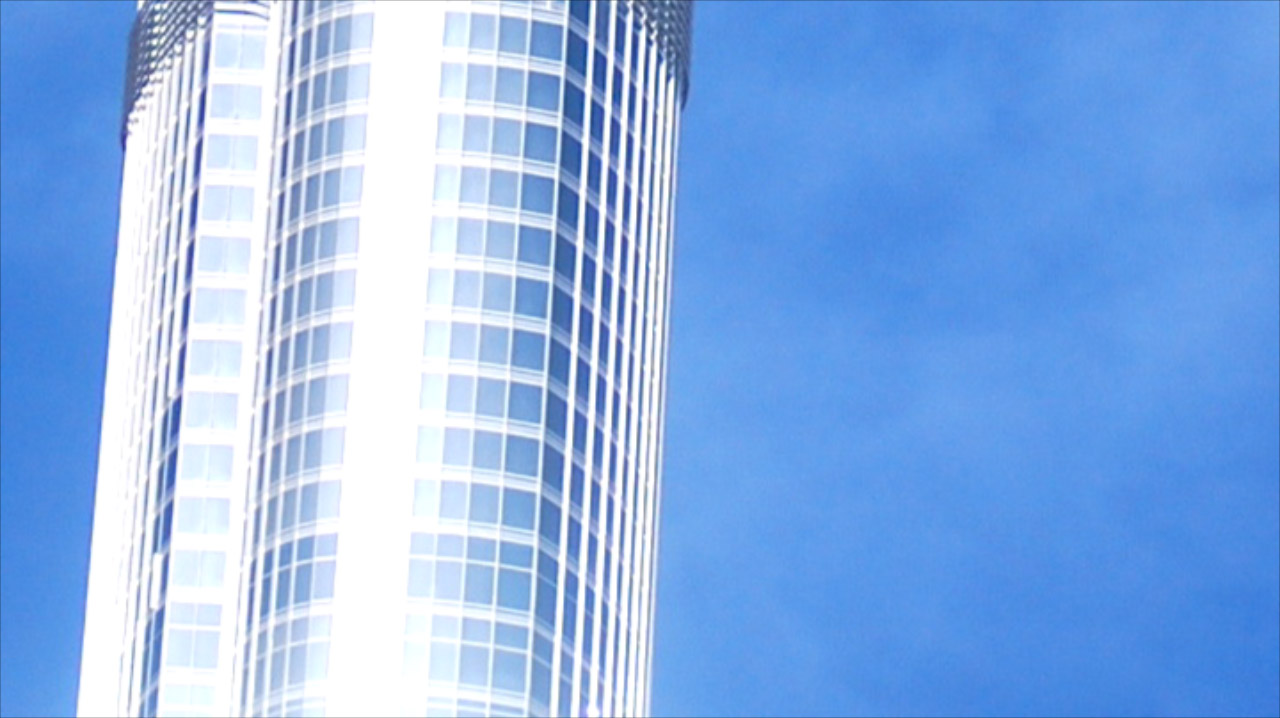Into Thin Air Into The Ground
 Into Thin Air into the Ground retraces a brief history of the Burj Khalifa,
starting from its conception stages, when it was meant to be the considerably
shorter Grollo Tower in Melbourne, Australia. Since then, the Burj has
literally not been itself, and has had a difficult time grounding itself in Dubai,
the city it claims to represent.The video essay presents a Burj Khalifa that is suspended in an “uncanny purgatory,” a tower that never existed or whose
early death has been covered up by a series of smokescreens.
Into Thin Air into the Ground retraces a brief history of the Burj Khalifa,
starting from its conception stages, when it was meant to be the considerably
shorter Grollo Tower in Melbourne, Australia. Since then, the Burj has
literally not been itself, and has had a difficult time grounding itself in Dubai,
the city it claims to represent.The video essay presents a Burj Khalifa that is suspended in an “uncanny purgatory,” a tower that never existed or whose
early death has been covered up by a series of smokescreens.The Beginning Is Just the Same as the End


When billboards with the digital renderings of the yet to be constructed Burj Khalifa began to appear in Dubai in the early 2000’s, the building looked like a floating specter. Celestial backdrops had replaced the city, while the project’s slogan read ‘History Rising.’
In 2006, the Financial Times launched its ‘We Live in Financial Times’ advertising campaign, which featured a Manhattanesque waterfront comprised of iconic skyscrapers from around the world. The Burj Khalifa eventually emerged in the FT skyline in 2010, appearing stable and firmly grounded.
In 2005, Dubai announced another real estate development entitled Falcon City of Wonders, comprised of architectural landmarks from throughout the world and from across centuries, replicated as apartment and shopping complexes. With duplications of the Eiffel Tower, Rome’s Coliseo, the pyramids of Giza and many others, the project presented itself as being ‘Beyond History.’
What was it that made the Burj so hard to attach to Dubai? Why did the building intended as the epicentre of the city appear disoriented, uprooted, flattened onto a generic backdrop and levitating in mid-air? Given that a collapsing of global space is what is required for the grounding of the Burj’s foundations, then isn’t the Falcon City of Wonders visibly missing its most important landmark?

